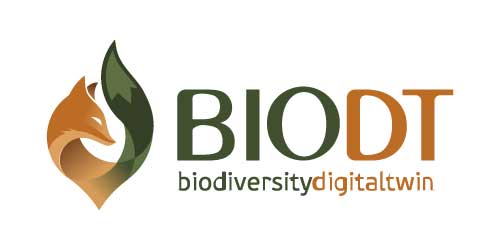Biodiversity loss directly impacts all aspects of life on Earth, so it is vital to understand how climate, pollution, human activities and other factors affect biodiversity. By studying the forces shaping biodiversity, researchers are building a basis for the management of natural resources and putting Europe on the path to recovery. The EU-funded BioDT project will bring together a team of experts in biodiversity, high-performance computing and artificial intelligence to investigate how species interact with their environment and with each other. It will also accurately model interaction between species and their environment. The findings will be used by scientists at research infrastructures to observe changes in biodiversity and relate these changes to possible causes.
With our planet facing an increasing reduction in biodiversity, it is of the utmost importance to understand the way climate, humans, pollution and other factors affect biodiversity. This need is urgent since biodiversity loss directly impacts our ability as humans to live. For example, this loss reduces the efficiency with which ecological communities capture essential resources, produce biomass, decompose organic matter and recycle nutrients. Furthermore, there is increasing evidence that a lack of contact with natural biodiversity impacts human health through negative effects in the microbiome and immune system. microbiome and immune system. Understanding the forces shaping biodiversity is the basis for any rational management of natural resources and will be a key enabler of the EU Biodiversity Strategy 2030 which aims to put biodiversity in Europe on the path to recovery by 2030 for the benefit of people, climate and the planet.
In particular, we need to be able to better predict global biodiversity dynamics: how species interact with their environment and with each other. Our goal is to push the current boundaries of predictive understanding of biodiversity dynamics by developing a Digital Twin providing advanced modelling, simulation and prediction capabilities. By exploiting in new ways existing technologies and data available across relevant research infrastructures, the BioDT project will be able to more accurately model interaction between species and their environment. Scientists at Research Infrastructures will be able to use the BioDT to 1) better observe changes in biodiversity, 2) relate these changes to possible causes, and 3) better predict effects of changes based on influences on these causes by either climate or human intervention. Our consortium brings together a dynamic team of experts in biodiversity, high performance computing, artificial intelligence and FAIR data to realise the first biodiversity Digital Twin prototype.





